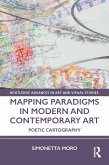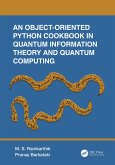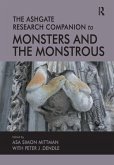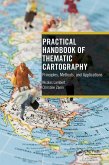Object-Oriented Cartography provides an innovative perspective on the changing nature of maps and cartographic study. Through a renewed theoretical reading of contemporary cartography, this book acknowledges the shifted interest from cartographic representation to mapping practice and proposes an alternative consideration of the 'thingness' of maps.
Rather than asking how maps map onto reality, it explores the possibilities of a speculative-realist map theory by bringing cartographic objects to the foreground. Through a pragmatic perspective, this book focuses on both digital and nondigital maps and establishes an unprecedented dialogue between the field of map studies and object-oriented ontology. This dialogue is carried out through a series of reflections and case studies involving aesthetics and technology, ethnography and image theory, and narrative and photography.
Proposing methods to further develop this kind of cartographic research, this book will be invaluable reading for researchers and graduate students in the fields of Cartography and Geohumanities.
Rather than asking how maps map onto reality, it explores the possibilities of a speculative-realist map theory by bringing cartographic objects to the foreground. Through a pragmatic perspective, this book focuses on both digital and nondigital maps and establishes an unprecedented dialogue between the field of map studies and object-oriented ontology. This dialogue is carried out through a series of reflections and case studies involving aesthetics and technology, ethnography and image theory, and narrative and photography.
Proposing methods to further develop this kind of cartographic research, this book will be invaluable reading for researchers and graduate students in the fields of Cartography and Geohumanities.








